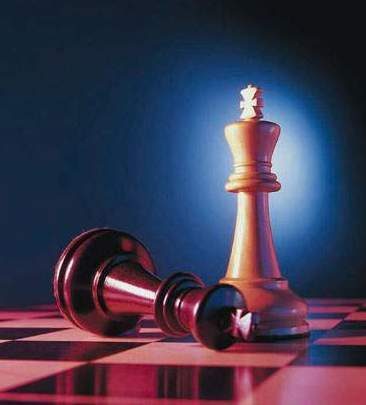 The Nervous system is divided into two large parts, the Central Nervous System and the Peripheral nervous system. The central nervous system is made up of the brain and spinal cord, the brain for its part is made up of the brain, the cerebellum and the brain stem. The peripheral nervous system is made up of the various peripheral nerves that emerge or reach the spinal cord, these are distributed throughout the body.
The Nervous system is divided into two large parts, the Central Nervous System and the Peripheral nervous system. The central nervous system is made up of the brain and spinal cord, the brain for its part is made up of the brain, the cerebellum and the brain stem. The peripheral nervous system is made up of the various peripheral nerves that emerge or reach the spinal cord, these are distributed throughout the body.
All the organs that make up the central nervous system have been contained in a bony protective structure formed by the skull and the spinal canal, in addition they are lined by three membranes known as meninges between which a space called subarachnoid is created in where the cerebrospinal fluid circulates; This fluid is made up of various elements, mainly proteins, ions, glucose and blood cells belonging to the immune system, its function is to allow the exchange of various substances between the nervous system and the blood, also providing cushioning and mechanical protection.
In the central nervous system two classes of substance can be distinguished by their coloration, they are the white matter and the gray matter. The gray matter is formed by the bodies of neurons, while the white matter corresponds to the extensions of neurons called nerve fibers.
What differentiates the human being from the animal
The brain is the main organ of the nervous system, its superficial part or cerebral cortex is what differentiates man from the rest of the animals and there are the areas that allow the association and integration of higher mental functions, also there functions are regulated such as motor ability, sensitivity and perception of information from the organs of vision and hearing, the ability to speak and understand what is heard, the ability to carry out mathematical operations, identify laterality and the ability to relate more deeply are the systems related to emotions, memory, hormonal control, regulation of circadian rhythms or biological clock, temperature and appetite.
The foundations of the cerebellum
The cerebellum is a structure fundamentally related to motor coordination, posture and balance, it is involved in the precision of fine movement. The brainstem, also called the brainstem, is made up of the midbrain, the pons, and the medulla oblongata; regulates autonomous or involuntary functions, allows the state of consciousness and is the place where a series of reflexes are integrated that integrate the position and posture of the head with the position of the eyes, it also allows the passage of both ascending and descending between the cerebrum and cerebellum with the spinal cord.
Nutrients, oxygen, and precautions
The central nervous system receives nutrients and oxygen through four arteries that reach it after passing through the holes in the skull, in the anterior part are the two internal carotid arteries and towards the back the vertebral arteries, these are integrated forming a circuit Known Polygon of Willis. The cerebral arteries can be the seat of diseases such as arteriosclerosis and aneurysms, which are the main causes of cerebrovascular accidents and cerebral hemorrhages respectively. The venous circulation of the brain is different from that of the rest of the body, there are veins and also cisterns through which the blood circulates back to the heart known as venous sinuses, once it leaves the skull it then passes to the neck veins.









